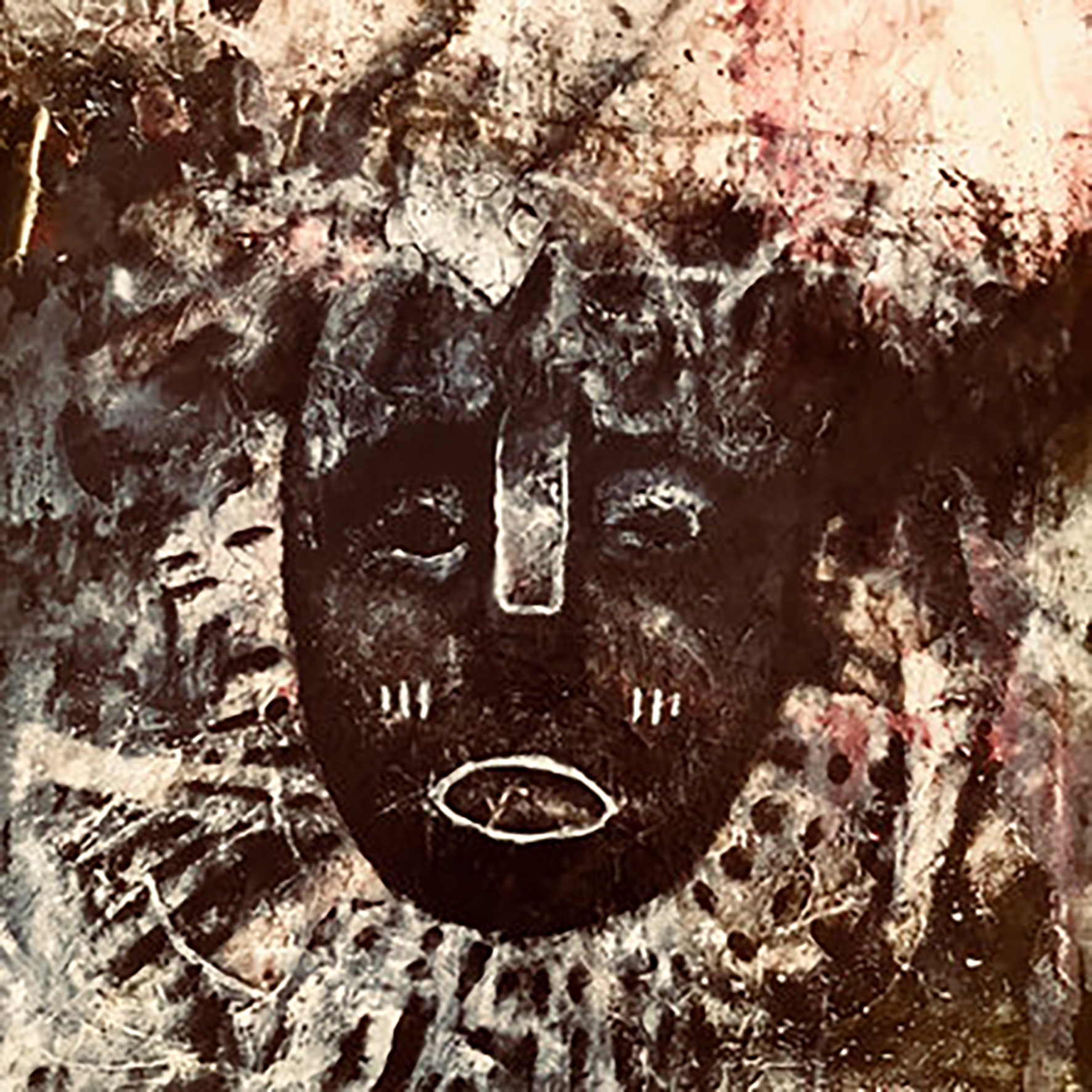
Much like Vox Populi!'s Half Dead Ganja Music, Leven Signs' Hemp is Here first began life as an obscure and deeply weird cassette from the '80s, but eventually found its way to someone who appreciated its warped and singular vision enough to give it a well-deserved second life. In the case of Leven Signs, that someone was Foxy Digitalis's Brad Rose, who reissued the album back in 2013. At the time, I felt it was more indulgent, rough, and self-consciously bizarre than legitimately good, but now that it has been reissued once again, I realize that I was an absolute fool for sleeping on it before and that I was simply not yet attuned to Leven Sign's "fourth world post-punk" wavelength. Admittedly, a few songs still feel a bit maniacal to me, but the album's high points truly feel like some of the most inspired, boundary-dissolving, and near-ecstatic music that I have ever heard. I feel like there should probably be a statue of Pete Karkut somewhere, as he was arguably one of the most wonderful DIY visionaries to ever walk the earth, surfacing for just one absolutely mindblowing tape, then riding off into the sunset (leaving the rest of us to spend the next three decades slowly evolving until we could properly appreciate what he had done).
Futura Resistenza/Digitalis/Cordelia
I believe it was the opening "Our Position Vanishes" that threw me back in 2013, as it sounds like a sped-up loop of 'ethnic music' accompanied by a howling teakettle, a primitive synth bass line, and male vocals that seem to emanate from the bottom of a well. It calls to mind whirling Sufi dervishes, but hypercaffeinated and in lysergic, Day-Glo color. Eight years later, it is still not quite for me, but it is followed by the first of several masterpieces to come, as "Prague Spring" marries a catchy flute hook, chant-like female vocals, and a killer percussion groove that calls to mind a hot dub single recorded by a tropical party band (and one that briefly dissolves into a full-on symphonic mindfuck, no less). The next stunner is "Sedes sapientiae," which sounds a lovely ancient folk song sung over a delirious jam session between a church organist, a funk drummer, and an unusually intense choir of Gregorian monks (and somehow it manages to sound both majestic and vaguely industrial as well). The next flurry of greatness does not come til the end of the album, but the final three pieces are pure outsider-psych nirvana. In "Rumi," Karkut and Maggie Turner conjure up something akin to a ghostly Sybille Baier demo tape and a Middle Eastern-inspired organ jam colliding over a PVC pipe percussion groove, while "Das Seal" sounds like someone threatened to murder a church organist's entire family if he did not nail his audition for a space rock band. The closing "Held in Arms," on the other hand, initially sounds almost "pop," as Turner quietly sings a wistful melody over a great clattering, dubby groove. As it unfolds, however, it starts to feel like a snake charmer just joined the jam and that Karkut went on a wild shopping spree at The Psychedelia Store and cleared the damn shelves. The rest of the album is a fascinating mix of inspired near-misses ("La Luna" sounds like a tipsy Scott Walker crashing a PIL tribute band rehearsal) and second-tier pleasures, but the whole damn thing is a memorably unique and infectiously groove-driven feast of unfettered originality and go-for-broke adventurousness.
Samples can be found here.



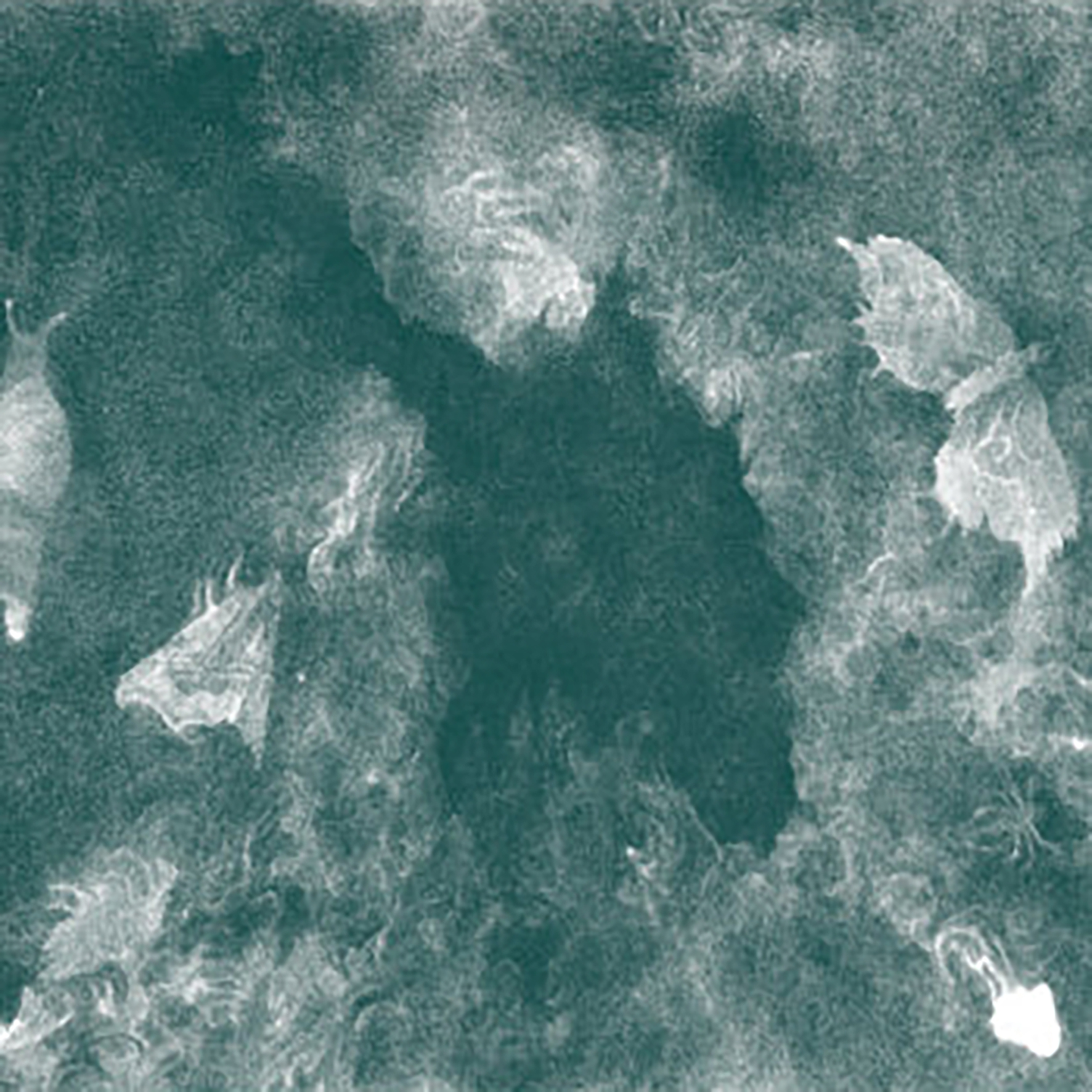
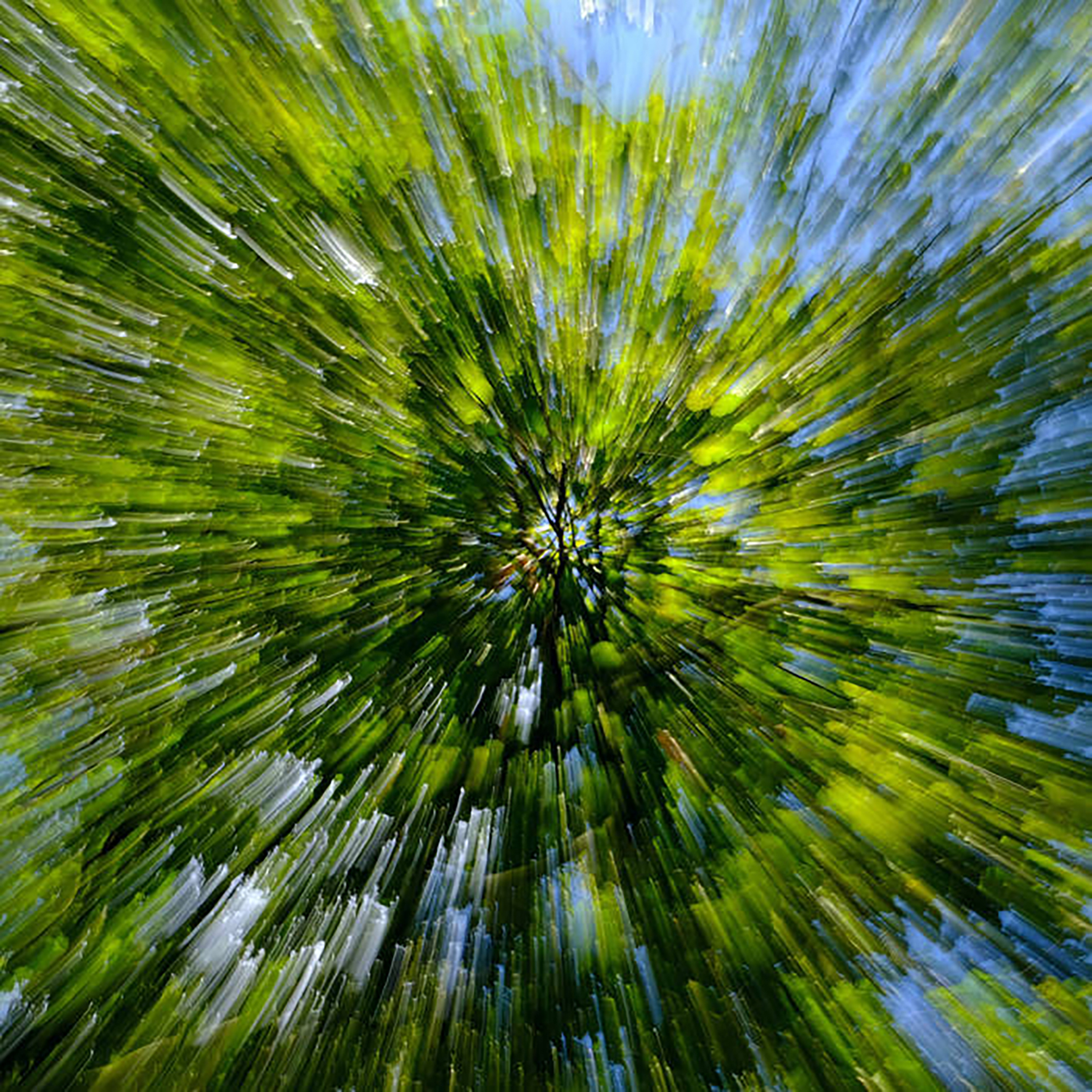
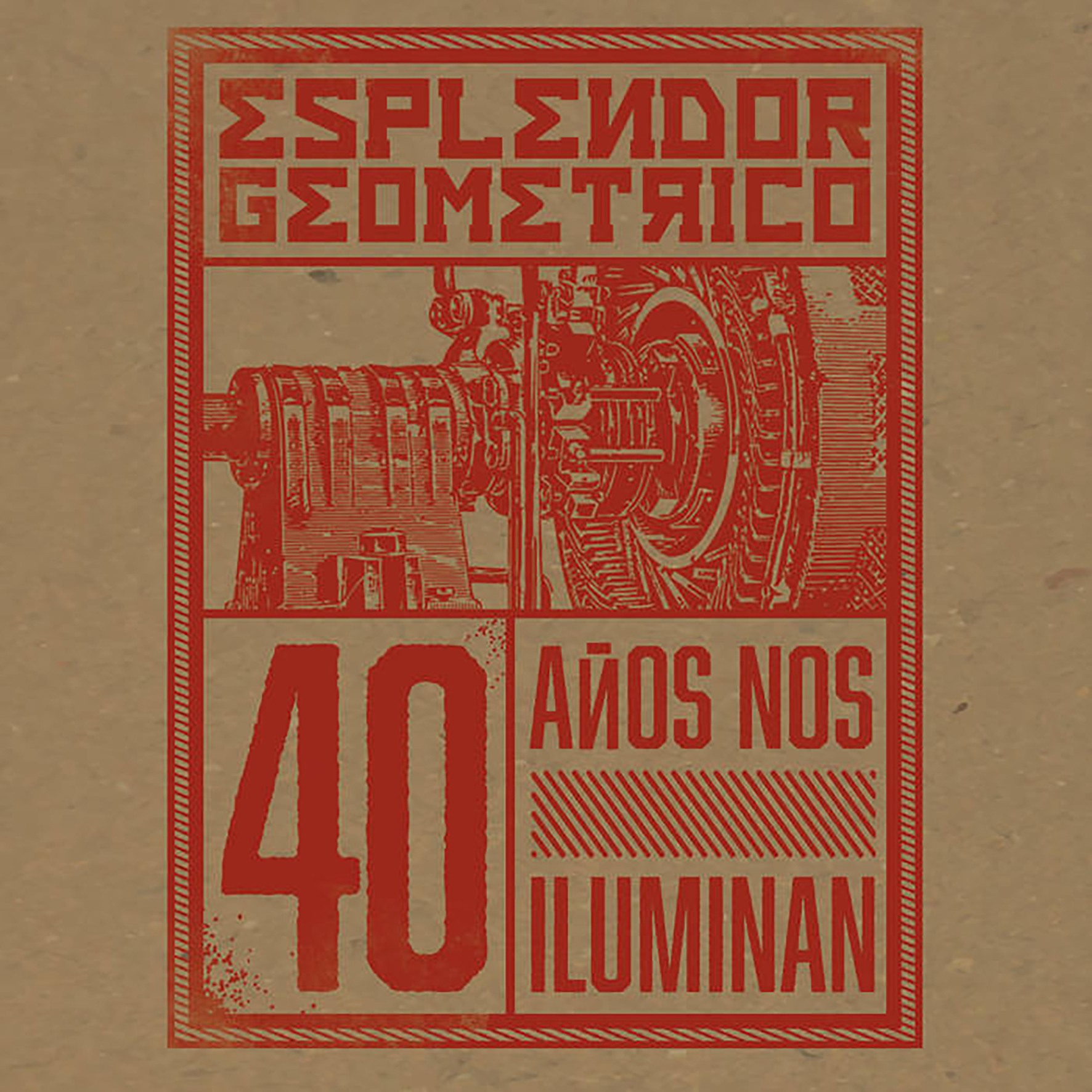 This is definitely one of the more confounding Esplendor Geométrico releases in recent memory, as it is ostensibly a celebration of the project's 40th anniversary (the title translates as "40 years illuminate us"), but is also ostensibly all-new material that somehow feels like at least three different bands. There is a logical explanation for that, as the album features several collaborations, some recent compositions, and a number of noisy, pummeling throwbacks to EG's early years (presumably revisiting that style with the benefit of four decades of illumination). An impressively honest additional explanation can be found in the liner notes, however, as the duo note that neither member makes a living from music, which frees them to "do what they want without even thinking of what their fans and followers expect." As a longtime EG fan, I can confirm that this album was definitely made without any consideration for whether or not I would like it (or whether it even makes complete sense). Then again, anyone who has been releasing great albums for several decades is entitled to celebrate with a go-for-broke, everything-but-the-kitchen-sink epic if they feel like it. It is all perfectly fine by me, but anyone simply searching for a good recent EG album should give this one a wide berth and head towards Cinética instead (also from 2020). That said, there are definitely plenty of bludgeoning percussion assaults here that fans of the project's noisier side will enjoy (as long as they do not mind sifting through an unusually prickly, blunt, eclectic, and overwhelming batch of songs).
This is definitely one of the more confounding Esplendor Geométrico releases in recent memory, as it is ostensibly a celebration of the project's 40th anniversary (the title translates as "40 years illuminate us"), but is also ostensibly all-new material that somehow feels like at least three different bands. There is a logical explanation for that, as the album features several collaborations, some recent compositions, and a number of noisy, pummeling throwbacks to EG's early years (presumably revisiting that style with the benefit of four decades of illumination). An impressively honest additional explanation can be found in the liner notes, however, as the duo note that neither member makes a living from music, which frees them to "do what they want without even thinking of what their fans and followers expect." As a longtime EG fan, I can confirm that this album was definitely made without any consideration for whether or not I would like it (or whether it even makes complete sense). Then again, anyone who has been releasing great albums for several decades is entitled to celebrate with a go-for-broke, everything-but-the-kitchen-sink epic if they feel like it. It is all perfectly fine by me, but anyone simply searching for a good recent EG album should give this one a wide berth and head towards Cinética instead (also from 2020). That said, there are definitely plenty of bludgeoning percussion assaults here that fans of the project's noisier side will enjoy (as long as they do not mind sifting through an unusually prickly, blunt, eclectic, and overwhelming batch of songs).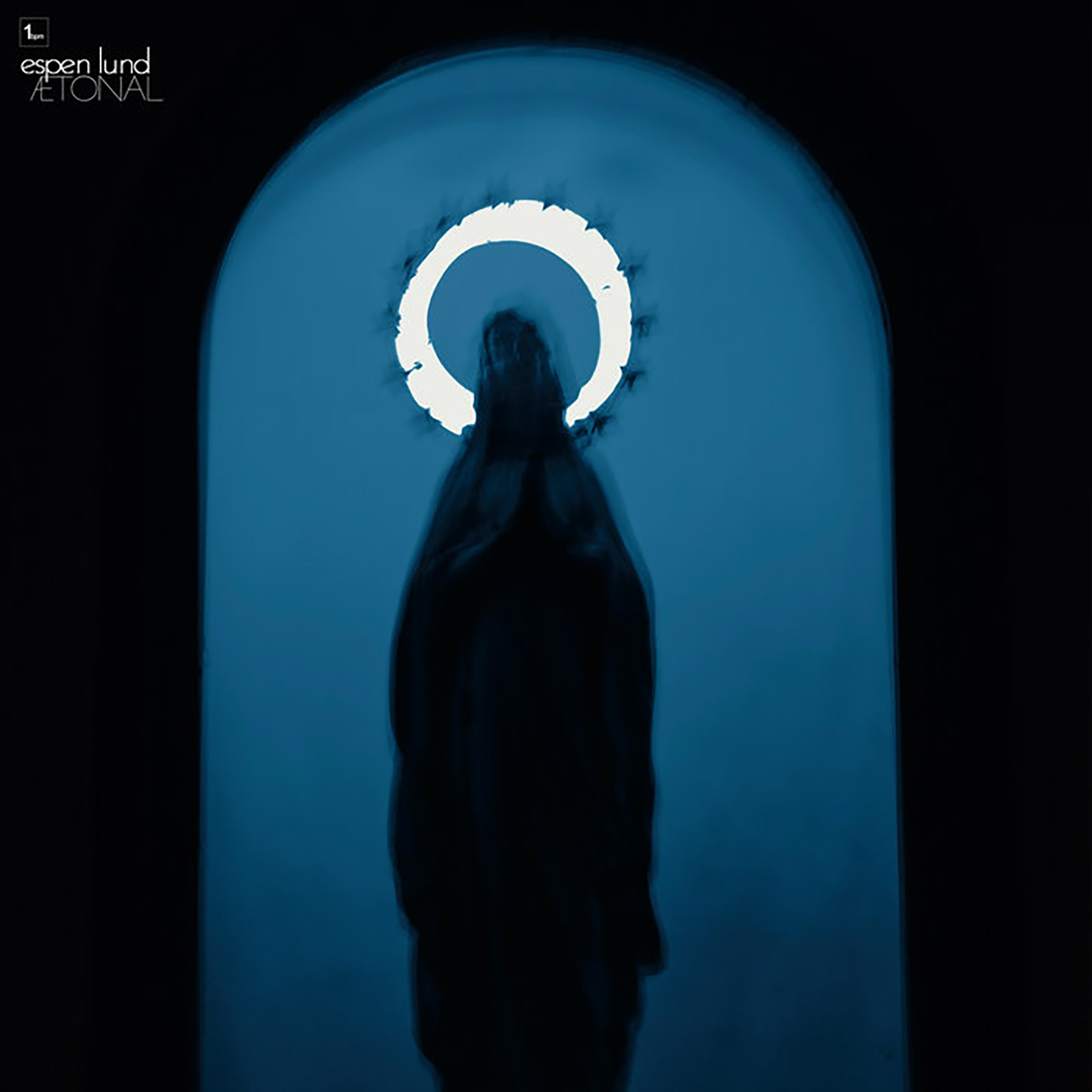
 Die Munch Machine is the side project of Tim Cedar and Jon Hamilton from Part Chimp. While both Part Chimp and Die Munch Machine may perform loud, the similarities extend no further. Die Munch Machine slough off the stoner doom skin in favor of feedback-populated motorik space funk. While not essential listening, this is a fun listen for spaceheads and fans of kosmische rock.
Die Munch Machine is the side project of Tim Cedar and Jon Hamilton from Part Chimp. While both Part Chimp and Die Munch Machine may perform loud, the similarities extend no further. Die Munch Machine slough off the stoner doom skin in favor of feedback-populated motorik space funk. While not essential listening, this is a fun listen for spaceheads and fans of kosmische rock.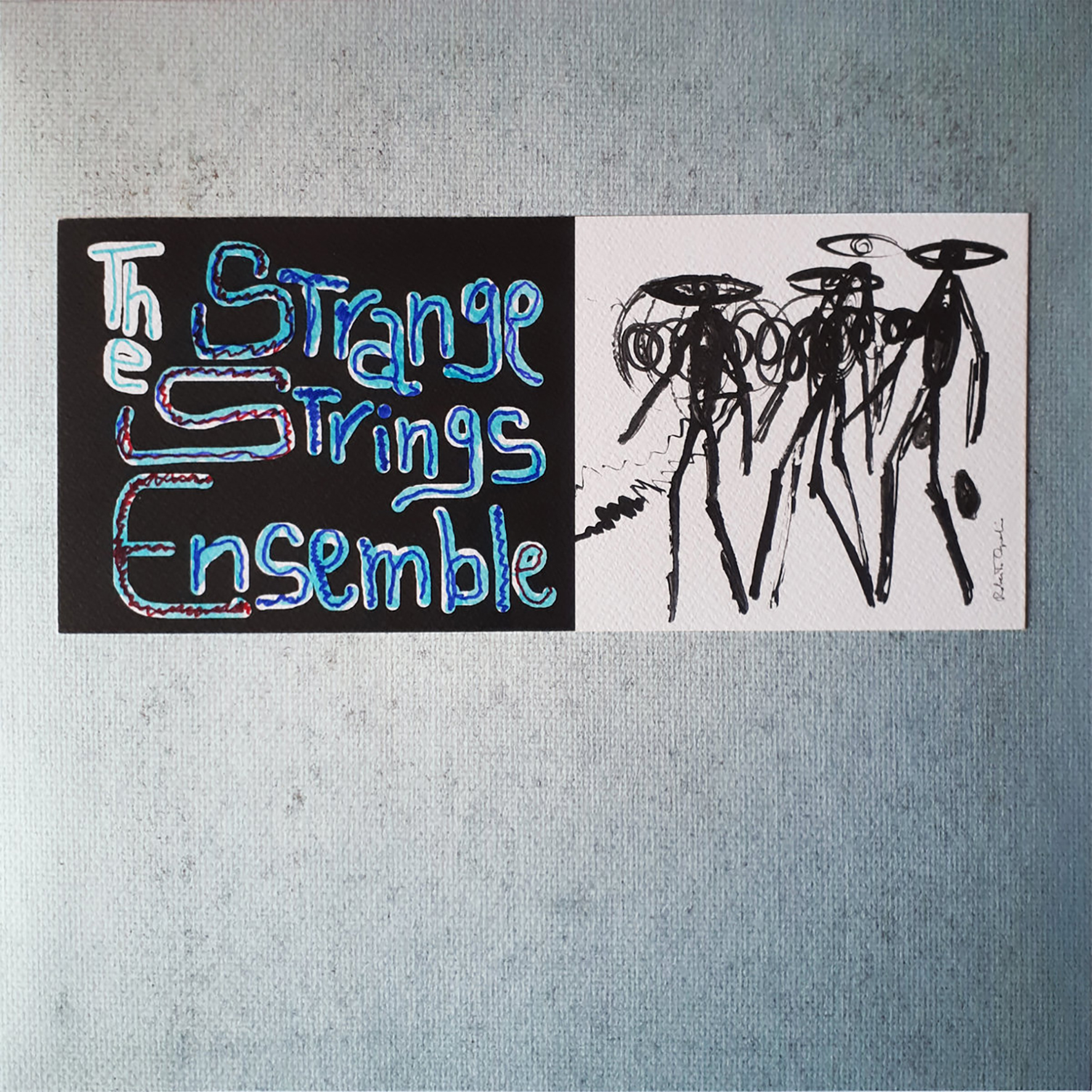 It fair to say that any album involving the Opalio brothers is destined to be memorably bizarre, but this Sun Ra-inspired EP takes My Cat is an Alien's vision even further out into fringes of outsider psychedelia than usual. For one, it is almost entirely acoustic, so there are no alientronics or psychotropic drones to be found and Roberto's queasily floating vocals seem (mostly) absent as well. Obviously, that eliminates nearly everything "familiar" about MCIAA's vision, so it makes a lot of sense to give this project a fresh name. In lieu of the expected alien terrain, the ensemble (rounded out by writer Philippe Robert & Joëlle Vinciarelli) "spontaneously composed" a visceral, churning, and jagged eruption using the "ancient, mostly ethnic, acoustic string instruments from Vinciarelli's vast collection." In keeping with the Sun Ra theme, the instruments were purposely untuned in homage to the late jazz icon's 1967 Strange Strings album, which Ra dubbed "a study in ignorance" (the Arkestra were given an eclectic array of oft-foreign string instruments that they did not know how to play). Unsurprisingly, critic Sean Westergaard's assessment of that polarizing Sun Ra opus is even more true of its spiritual heir: "If you don't like 'out,' stay clear of this one." I, however, am quite fond of "out," so I very much enjoyed this brief, singular, and synapse-frying detour.
It fair to say that any album involving the Opalio brothers is destined to be memorably bizarre, but this Sun Ra-inspired EP takes My Cat is an Alien's vision even further out into fringes of outsider psychedelia than usual. For one, it is almost entirely acoustic, so there are no alientronics or psychotropic drones to be found and Roberto's queasily floating vocals seem (mostly) absent as well. Obviously, that eliminates nearly everything "familiar" about MCIAA's vision, so it makes a lot of sense to give this project a fresh name. In lieu of the expected alien terrain, the ensemble (rounded out by writer Philippe Robert & Joëlle Vinciarelli) "spontaneously composed" a visceral, churning, and jagged eruption using the "ancient, mostly ethnic, acoustic string instruments from Vinciarelli's vast collection." In keeping with the Sun Ra theme, the instruments were purposely untuned in homage to the late jazz icon's 1967 Strange Strings album, which Ra dubbed "a study in ignorance" (the Arkestra were given an eclectic array of oft-foreign string instruments that they did not know how to play). Unsurprisingly, critic Sean Westergaard's assessment of that polarizing Sun Ra opus is even more true of its spiritual heir: "If you don't like 'out,' stay clear of this one." I, however, am quite fond of "out," so I very much enjoyed this brief, singular, and synapse-frying detour.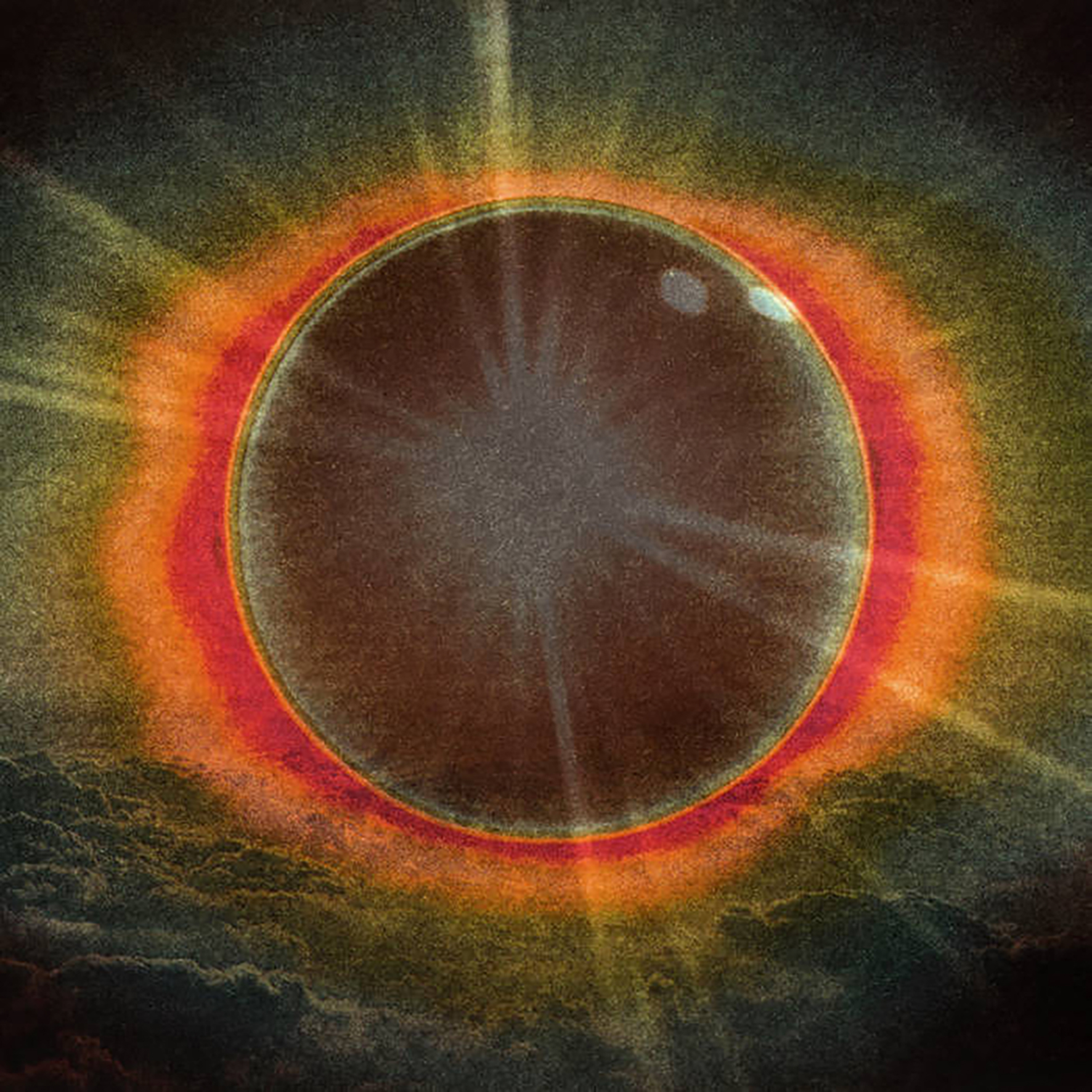 It has been quite a long time since these shape-shifting drone stalwarts from Kranky's golden age last surfaced with a major release, aside from the gnarled, bass-heavy Disorder LP that teasingly appeared on Important back in 2017. While I am certainly happy to have them back, this latest release from the core duo of Joe Denardo and Kevin Doria takes a somewhat unexpectedly minimalist and meditative direction. I am tempted to call Diptych a "return to form," but Growing have several different appealing forms they could potentially return to and this one arguably feels like a mis-remembered return to the pair's Kranky era, as these radiant slow-motion reveries pieces feel more akin to Stars of the Lid than any Growing album I recall. Whether that is a step in the right direction or not is hard to say, as a strong case could be made that project's killer run of weirder, spacier releases in 2007 & 2008 was its zenith and that this latest opus sands away all of the duo's distinctive quirks and sharp edges. From a purely artistic perspective, however, Diptych is quite an impressive achievement, as Doria and Denardo distill drone to its purest essence with an almost supernatural degree of control and patience.
It has been quite a long time since these shape-shifting drone stalwarts from Kranky's golden age last surfaced with a major release, aside from the gnarled, bass-heavy Disorder LP that teasingly appeared on Important back in 2017. While I am certainly happy to have them back, this latest release from the core duo of Joe Denardo and Kevin Doria takes a somewhat unexpectedly minimalist and meditative direction. I am tempted to call Diptych a "return to form," but Growing have several different appealing forms they could potentially return to and this one arguably feels like a mis-remembered return to the pair's Kranky era, as these radiant slow-motion reveries pieces feel more akin to Stars of the Lid than any Growing album I recall. Whether that is a step in the right direction or not is hard to say, as a strong case could be made that project's killer run of weirder, spacier releases in 2007 & 2008 was its zenith and that this latest opus sands away all of the duo's distinctive quirks and sharp edges. From a purely artistic perspective, however, Diptych is quite an impressive achievement, as Doria and Denardo distill drone to its purest essence with an almost supernatural degree of control and patience.